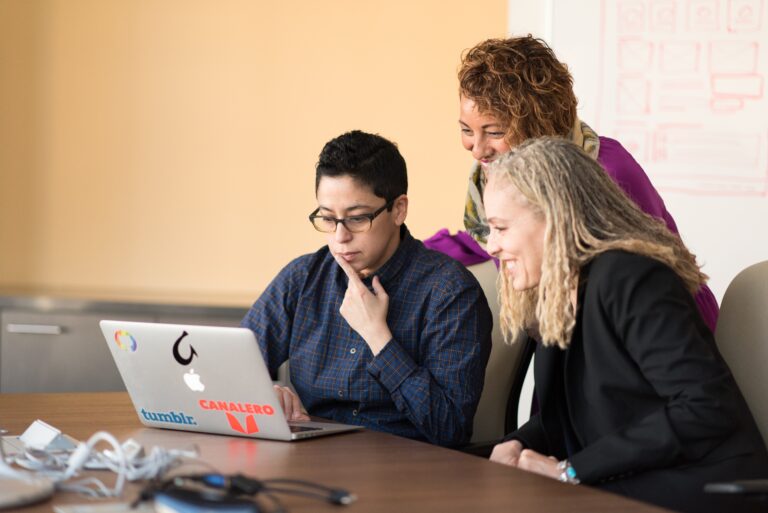Facilitating Creative Learning Series – Part 4
In previous posts on Creative Learning, I summarized the spiral process of creative learning and the 4P’s: Projects, Passion, Peers and Play by Mitchel Resnick.
In this post, I would like to contextualize some strategies that you can use to foster creative learning. Don’t forget to check out this open online course: Learning Creative Learning created by Lifelong Kindergarten at MIT Media Lab.
Strategies to foster creativity
In chapter 6, Mitchel lists 10 tips for parents and teachers to support the development of creativity based on the spiral process of creative learning. You may also find the 10 Tips here.
Contextualizing Learning Creative Learning for learning design in general, I think there are a few things we could implement effectively with some reasonable efforts:
- Low floor: A course should be designed in a way that is fun and provides a strong sense of achievement at the beginning. For example, you could gamify your first class by introducing a trivial game with a leader board, and perhaps let everyone wins something.
- High ceiling: When possible, learning tasks should be designed with a gradual increase in difficulty. A simple way to increase difficulty is to provide less support or aids. For example, your students may be provided step-by-step instruction at first. As the course progress, students are asked to perform a task with less or no instructional aids. Sometimes it just means you talk less.
- Wide wall: Consider the needs and interests of your students. Give students chances to choose projects or assignments or empower them to figure out a topic or theme they are interested in within the subject. An example I provided previously is to think about the format of your assignments, can students submit video assignments rather than writing assignments? Are they given the opportunities to discuss with you about their preferred ways of learning?
- Allow play and mistakes: High-stake assessments do not usually afford mistakes. Consider “drop the lowest grade” if you have multiple projects in one course so your students could experiment different approaches, or consider allowing students to submit assignments a few more times to make improvements (iterations) based on formative feedback they receive.
- Room for unknown: Use worked-out examples with purpose. Depending on your objectives, you may provide step-by-step instruction first, or you could give students opportunities to imagine and explore the possibilities of solving problems first. The key is that students need to understand that unknown is constant in the real world and the only way to deal with it is to try out different approaches.
- Build the habit of reflection: Establish a process for reflection. Provide opportunities and tools for your students to reflect as an individual and as groups. A simple tool like KFC (keep, fix, change) will make the reflection process much easier for new students. Also, encourage your students to document their process and iterations for reflection.
I hope that the Creative Learning series if beneficial to you. So, how about some creativity with your course design and teaching practices?
If you have any questions or want a thought partner, please do not hesitate to contact me: junsong.zhang@kpu.ca




